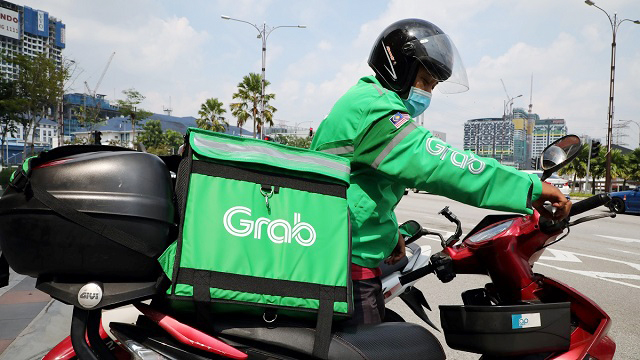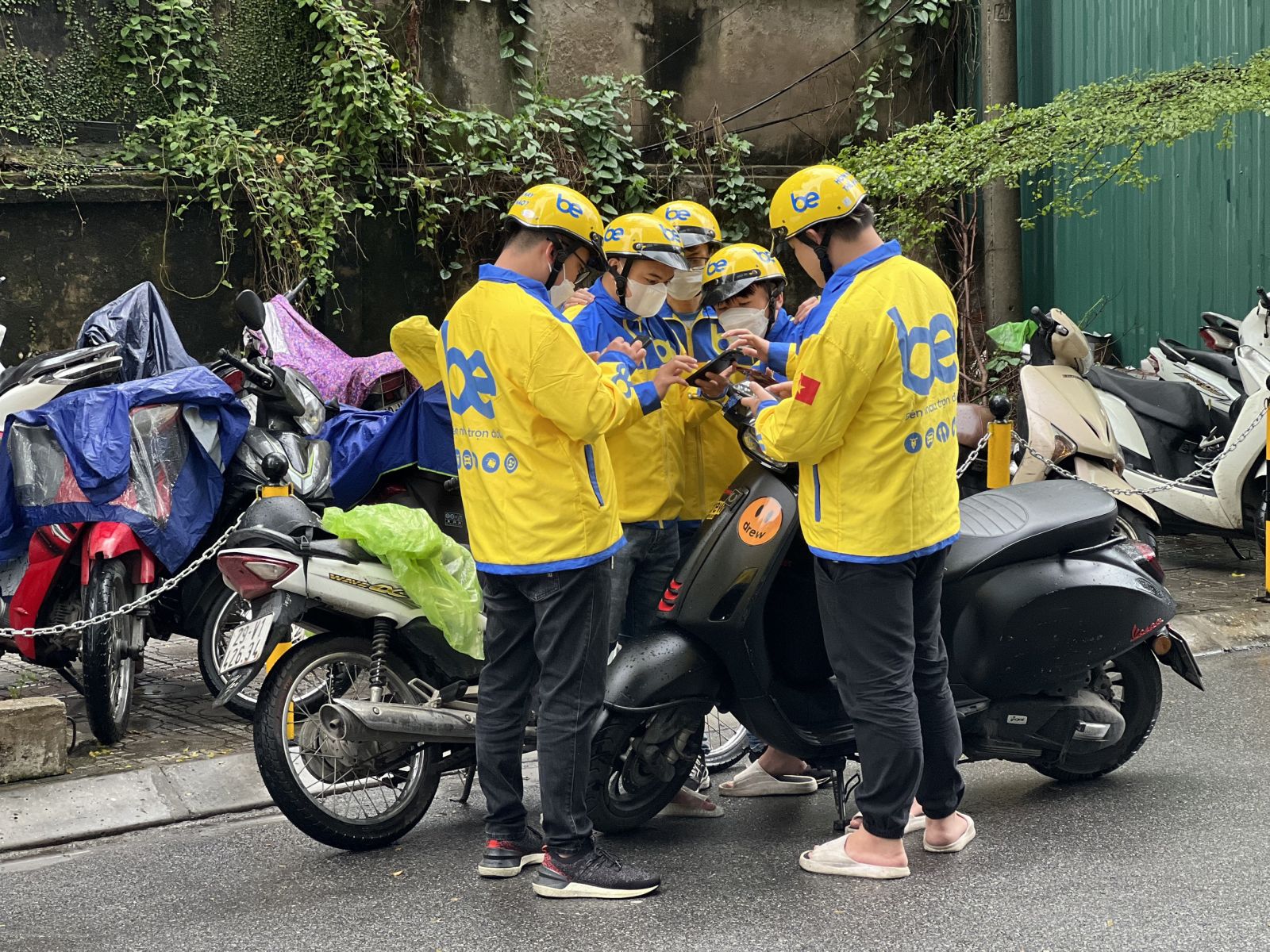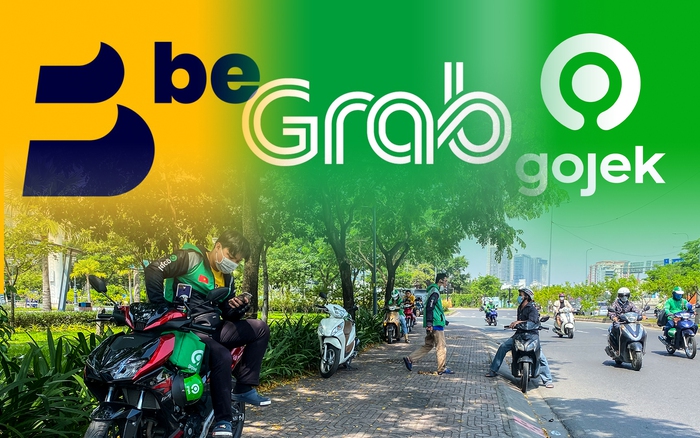“Hot” race of technology car-hailing applications
- Tram Ho
From the race to hold market share
According to a study by Black Box Research, Singapore’s leading social research agency, ride-hailing services, booking taxis, cars or motorbikes, have become an essential part of daily life in East Asia. South Asia. More than half of respondents (53%) used ride-hailing apps during the survey period. Vietnam (69%) and Singapore (64%) recorded the highest percentage of users. The markets with the lowest percentage of users (about two-fifths of users) are Malaysia (41%) and Thailand (38%).

The ride-hailing giant Grab is dominating in six Southeast Asian markets.
In terms of brand popularity, Grab is the clear winner among ride-hailing apps across all six markets, with 75% of users choosing Grab as their most frequently used app. Gojek is in second place, less than 13%.
Grab has the strongest lead in Malaysia (94%) and the Philippines (91%). In the other three markets, Grab leads the nearest competitor by six times or more. In Vietnam, for example, Grab leads Gojek (73% to 10%).
The most notable competitor to Grab is Indonesia’s Gojek. With 43% usage, Gojek is not far behind Grab’s lead with 52%. However, Grab has proven itself to be a formidable competitor. Across the six Southeast Asian markets, one can find that Gojek is the only one able to capture a sizable, albeit still small, market share, accounting for 11% in Singapore and 10% in Vietnam.
For years, Grab and GoTo have been stuck in a battle to “burn money” to dominate the Southeast Asian ride-hailing market. Grab still sees Singapore as its biggest market even as it tries to expand its reach to other countries, including Indonesia, Southeast Asia’s largest economy. Meanwhile, GoTo is leading the way in ride-hailing at home with over 270 million users, mobile-savvy, and shopping on online retail platform Tokopedia or ordering rides and food through Gojek’s app.

But Be Group is being heavily invested by Deutsche Bank.
However, recently, Be Group, a homegrown Vietnamese app, received a loan from Deutsche Bank, including a provision that allows to increase financing up to at least 100 million VND. USD. This money will be used to expand and enhance Be Group’s main services, including ride-hailing, food delivery and digital banking. With new resources, can Be Group challenge Grab’s dominance in Vietnam?
To the race to find profit
Recently, according to media reports, Grab is aiming to break even on EBITDA (profit before tax, interest and depreciation) in the second half of 2024. In the second quarter of 2022, Grab’s loss has been narrowed. to 572 million USD, much lower than 801 million USD a year earlier. According to company leaders, adjusted EBITDA loss for the second half of this year is expected to reach $380 million, a 27% improvement from the first half of the year. Grab expects to earn $1.25-1.3 billion this year and expects the delivery business to break even in the first two quarters of 2023. While digital banking operations are also forecasted. break even in 2026.

Vietnam’s ride-hailing market is in a hot race to find profits.
Meanwhile, according to reports, GoTo is yet to turn a profit. The company is also suffering a net loss of nearly $1 billion in the first half of this year alone, more than doubling from the same period last year. Although the GoTo CEO is still quite optimistic, targeting the on-demand and e-commerce businesses to break even in the first quarter and the fourth quarter of next year, respectively, given the company’s current financial situation, This optimism is also uncertain.
Similar to Grab, Gojek and other ride-hailing apps, with Be Group, profit is still a problem that needs to be solved. By the end of 2021, Be Group is also suffering a cumulative loss of more than VND2,466 billion. In which, in 2019 recorded a loss of more than 1,500 billion dong and the next two years, 492 billion dong and 384 billion dong respectively. Equity as of December 31, 2021 is negative VND 373 billion.
It can be said that the Vietnamese ride-hailing market is witnessing fierce competition from big players such as Grab, GoTo and Be Group. The competition of the platforms comes not only from service fees but also on the quality and diversification of services on the platform. However, the biggest challenge for ride-hailing platforms is finance. It is very difficult for businesses without financial strength to survive and maintain successful business operations.
In this battle of ride-hailing apps, it’s still not clear who will win in the end…
Source : Genk
